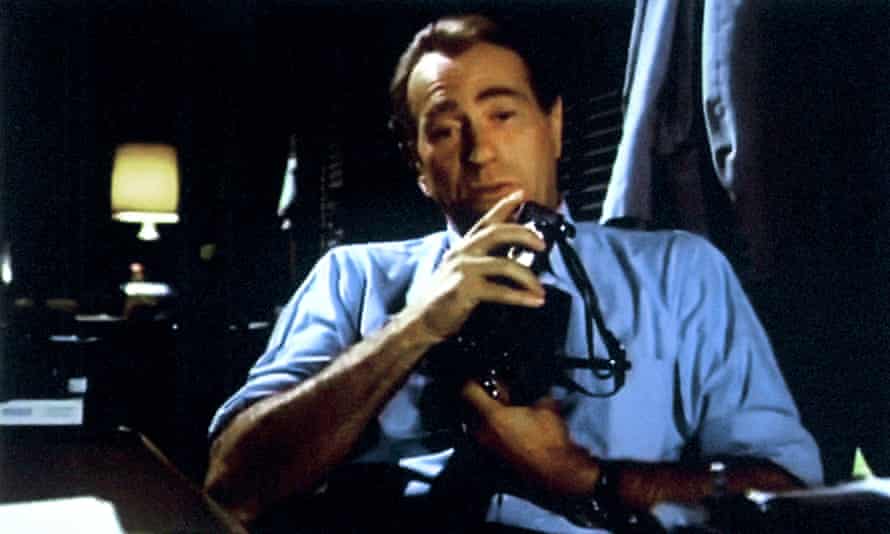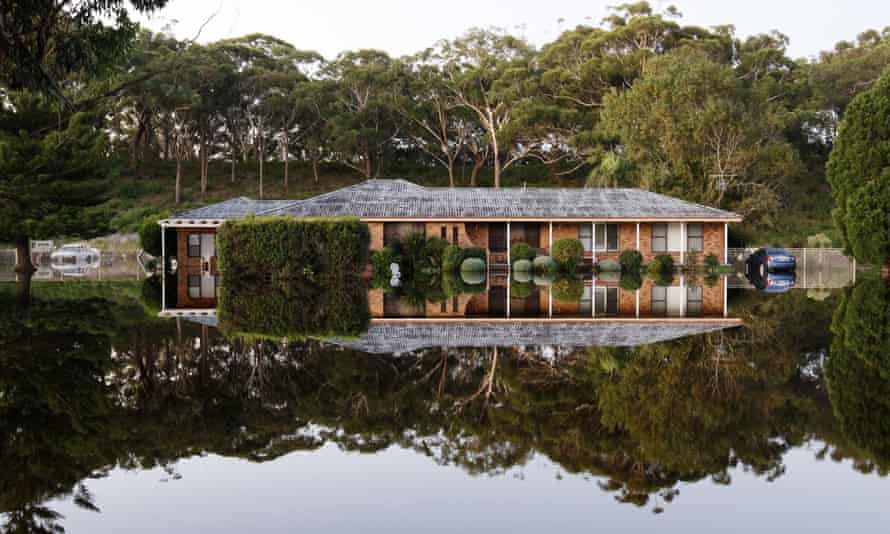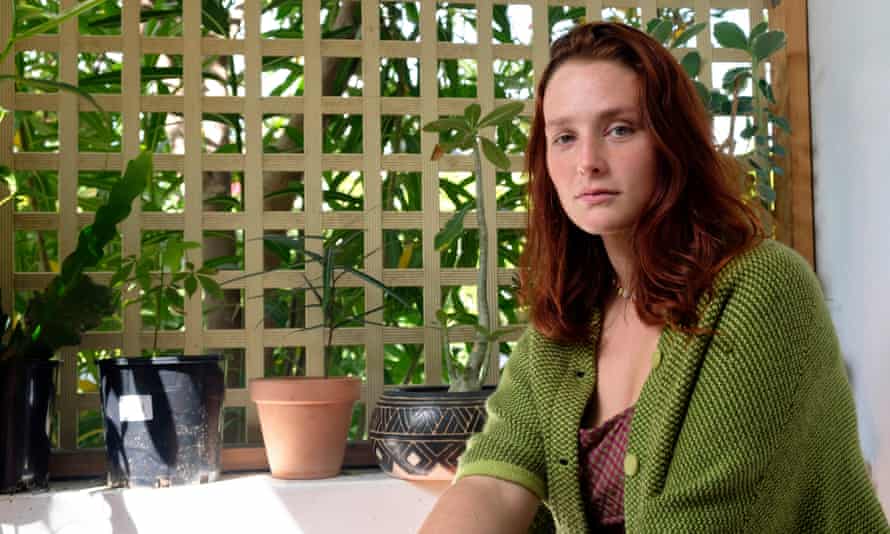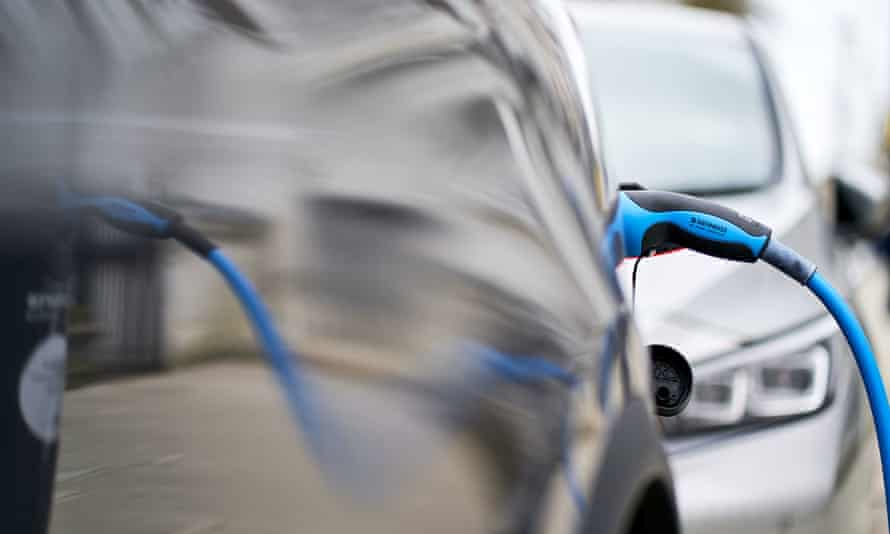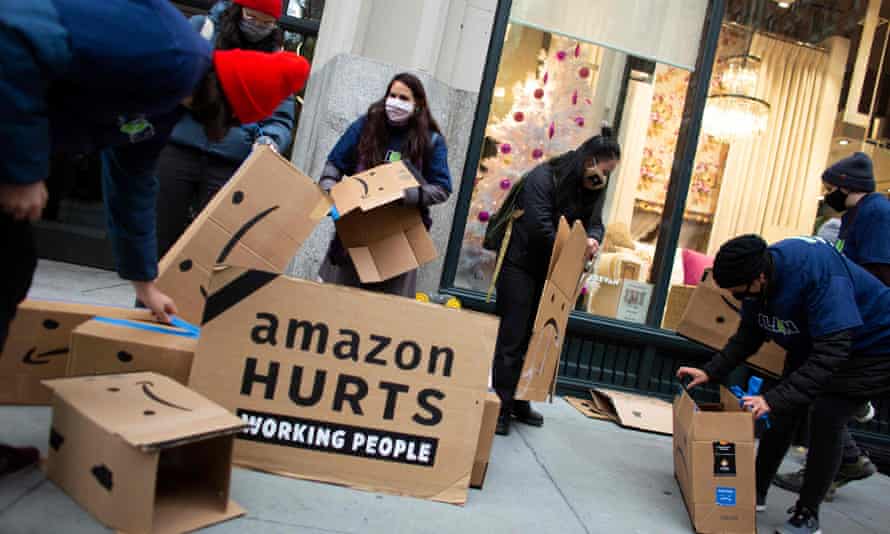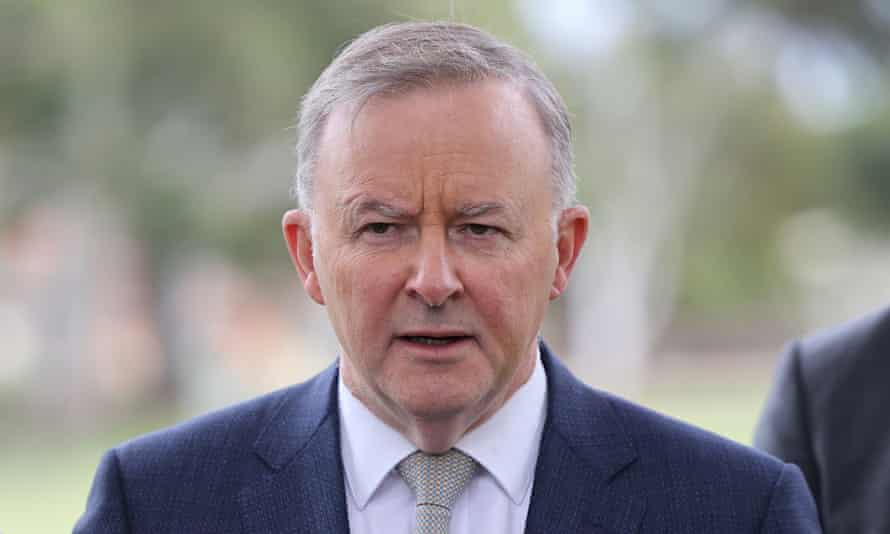Extract from The Guardian
Labor senator Kristina Keneally says cabinet reshuffle creates opportunity for government to show compassion.
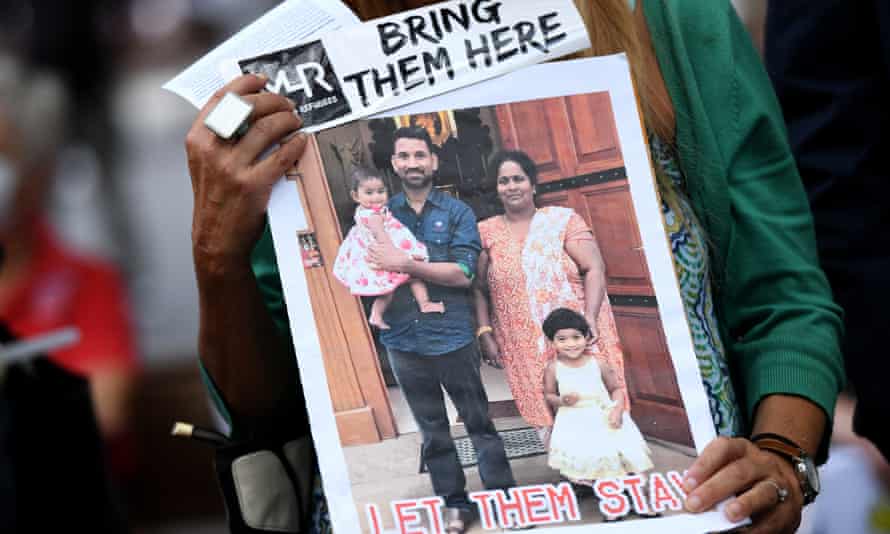
Last modified on Tue 30 Mar 2021 18.21 AEDT
The new home affairs minister, Karen Andrews, is facing calls to cast “fresh eyes” on the plight of the detained Tamil family from Biloela who have been held in detention on Christmas Island for the past three years.
Urging a bipartisan approach to the portfolio, Labor senator Kristina Keneally said the replacement of Peter Dutton in the role in this week’s reshuffle created an opportunity for the pair to “work together” on national security issues, including on cyber security and the rise of rightwing extremism.
“Let’s work together in the national interest to secure the national security for this country,” Keneally, Labor’s home affairs spokeswoman, said.
She urged Andrews, who was sworn into the role in a virtual ceremony with the governor general on Tuesday, to intervene in the case of the Tamil family who were taken from their home in central Queensland more than 1,000 days ago.
The family – Priya and Nades Murugappan and their daughters Kopika and Tharnicaa – have been involved in a protracted court battle based on Tharnicaa’s right to apply for a protection visa.
Last month the full bench of the federal court rejected an appeal by the federal government over an earlier ruling by justice Mark Moshinsky, which found Tharnicaa was denied procedural fairness in making a protection visa application.
The plight of the Murugappan family has garnered support from across both sides of politics for the family to return home, with vigils for the #HometoBilo campaign held across the country earlier this month.
Keneally said that she was appealing to Andrews to intervene in the case in the “spirit of bipartisanship”.
“This is an opportunity for her to have fresh eyes to the situation of the Biloela family,” Keneally said.
“I don’t make the comment in a partisan way, I make it as a mother, I make it as an Australian who has been moved by the passion and the compassion of the Biloela community.”
Following her appointment, Andrews said she would be focused on ensuring Australians were kept “safe and secure”.
“The security of our nation should never be taken for granted,” Andrews said.
“My priorities will be keeping our borders secure, our communities safe, and ensuring our nation maintains its reputation as a serious global citizen in international efforts to counter extremism.”
Tuesday’s reshuffle saw Andrews promoted to the portfolio as part of what the prime minister, Scott Morrison, described as a “shake up” that would ensure women had a greater voice in the government.
The minister for women, Marise Payne, took to morning radio on Tuesday to talk up the government’s focus on women, after Morrison labelled her the “prime minister for women”.
Payne said the frontbench shake up and a new cabinet taskforce focused on women’s issues would ensure women’s issues were “at the centre of government”.
“This has never been done, to the best of my knowledge, in any government in Australia,” Payne told the Nine network.
“To bring an absolute focus to the issues around gender equality, around women’s safety, around women’s economic security and leadership. They are the absolute focus of this. And I think it’s a very, very powerful action and a very, very powerful message.”
But Payne was also forced to defend Liberal National [arty MP Andrew Laming, who will remain in the Coalition partyroom despite announcing he will not contest the next election following a series of reports about Laming’s poor behaviour towards women.
Keneally said the Morrison government was “shuffling the deck chairs on the Titanic”.
